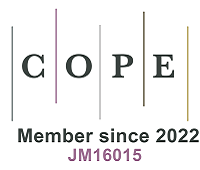Void bias in irradiated model metals
Abstract
Void swelling plays a critical role in the microstructural evolution and mechanical property degradation observed in irradiated materials. The preferential absorption of mobile point defects by microstructural sinks (e.g., dislocations) is postulated to be the driving force behind this phenomenon. While most studies treat voids as neutral sinks, this assumption has been challenged both theoretically and experimentally, emphasizing the necessity of quantitatively determining the void bias under various irradiation conditions. This study employs a state-of-the-art atomistic kinetic Monte Carlo (AKMC) approach to determine the void bias in irradiated pure Fe, Cu, and Ni, examining the effects of size, temperature, density, and void morphology. Our findings reveal that voids in all examined metals act as non-neutral sinks for mobile point defects, particularly at small sizes (e.g., ~2 nm). Furthermore, this study demonstrates that voids have lower efficiency in absorbing mobile point defects compared to dislocation loops and stacking fault tetrahedra. These findings provide quantitative estimates of the competition of different sinks, which is responsible for the growth and shrinkage of voids under different irradiation conditions. The implications of void bias on swelling rate calculations in both fcc and bcc metals are also discussed, offering crucial insights for predicting void swelling behaviors, microstructure evolutions, and related properties in irradiated metals.
Keywords
Void bias, void swelling, irradiated structural metals, kinetic Monte Carlo














